68K Views
How to Use Spray Paint to Create an Easy Faux Copper Patina

by
Rhonda B
(IC: blogger)
In my last post I repurposed a candle holder into a stand for a bowl of succulents. In case you missed it here is a photo:
When I originally purchased the stand it had more of a brushed nickle finish on it which was not the look I was going for. Here it is before I painted it:
What I wanted was the look of aged copper-but I wanted it to be easy and cheap. So I went to my favorite craft and DIY tool-spray paint. This project is sooo easy and it is cheap too (an added bonus).
4. 2 dry paint brushes
2. Take the copper spray paint and apply it to your piece making sure to cover all the nooks and crannies. After it is thoroughly covered let it dry completely. You need to do this 3 times (3 coats of copper) and then let it dry completely between coats.
3. When the copper paint has dried on your piece it is time for paint number 2-expresso. Get your brush ready-leave it dry-and grab the can of paint. Spray a small puddle on the piece of cardboard:
Dab your brush in the little puddle of paint then dab and brush it on the piece-make sure to grab only a little paint at a time. You want some of the copper to show through.
Just keep dabbing and brushing until your piece looks similar to this:
Notice how I didn't totally cover the copper-just covered it up here and there. Let the brown dry completely on the object before moving on to the next step.
Now start dabbing and brushing your project with the blue/green paint like this:
Just continue to add blue/green in random areas-make sure not to cover the brown and copper entirely. Note-you will have to keep loading your brush with paint-it can dry pretty quickly. Just spray a little at a time on the cardboard.
After you cover the piece in the blue/green color you need to let it dry completely.
You can put on as much or as little as you like-my piece ended having quite a bit of blue left:
After you have added as much brown as you wanted let it dry completely.
This patina project was easy and cheap! Most of the time it took was spent waiting for the paint to dry:-) I hope you try this project out-it can be used on anything you intend on spray painting-even planters or pots!
Enjoyed the project?

Want more details about this and other DIY projects? Check out my blog post!
Published July 28th, 2014 11:04 PM
Comments
Join the conversation
2 of 29 comments
-
-
 Braden Darkwind
on Jul 06, 2017
Braden Darkwind
on Jul 06, 2017
I just tried it recently. I have found that what helps when applying the brown and blue/green paints is to have mineral spirits (or some other solvent) nearby.
- Place some paint on the object.
- Dip brush in mineral spirits and drain it off, so that it's wet but not dripping.
- Flick brush around over the new paint.
This will thin the paint in some places, redistribute it a bit, and create a nice drippy effect.
At best, you can just spray the paint right on and go over it a bit with the mineral spirits, saving a bit of time and effort
-



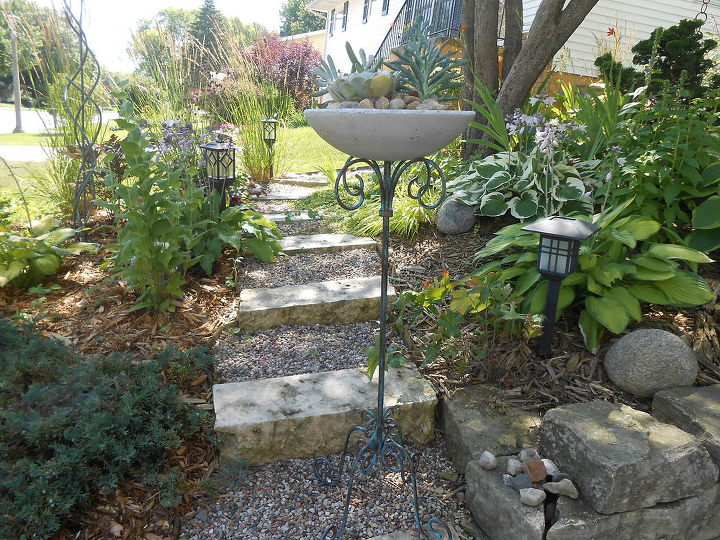



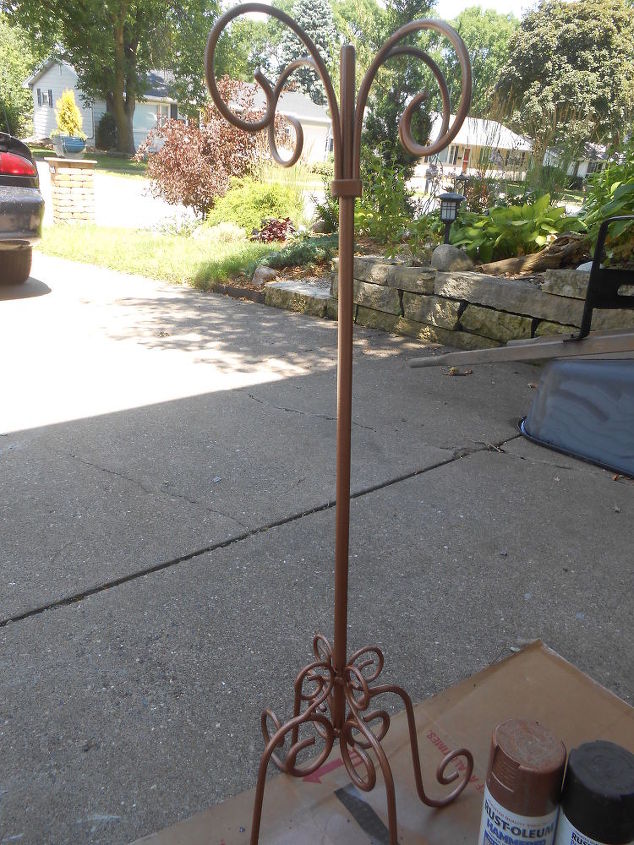









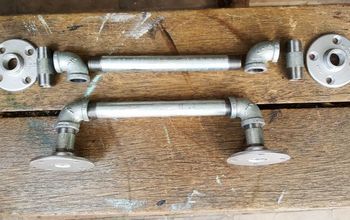
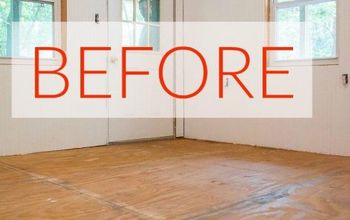



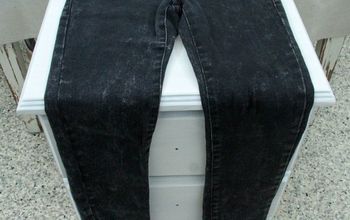
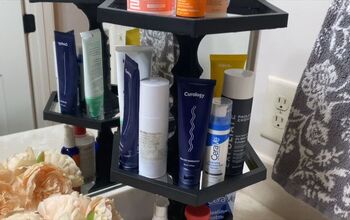
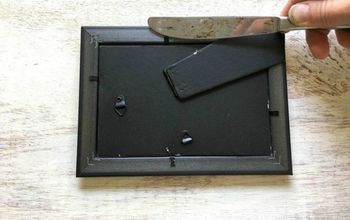
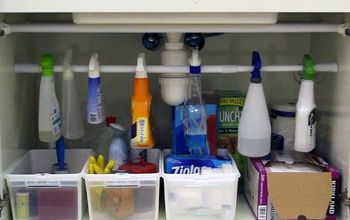
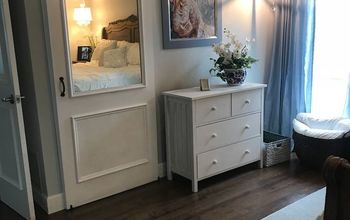
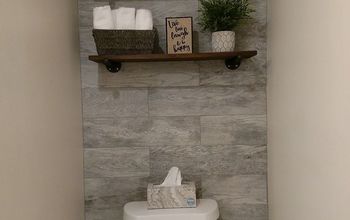
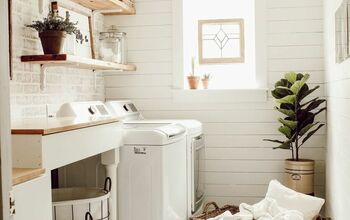
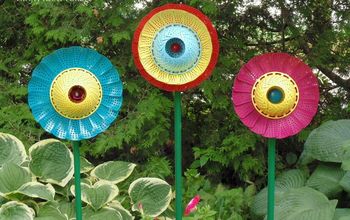
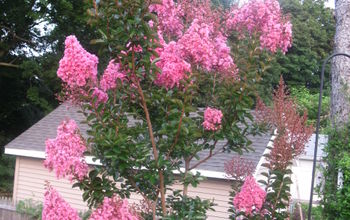
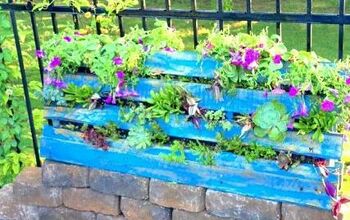
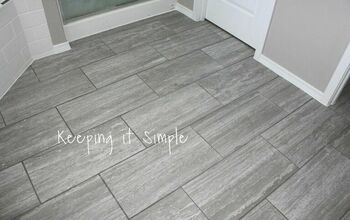
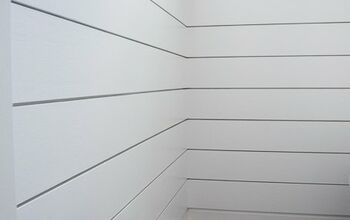
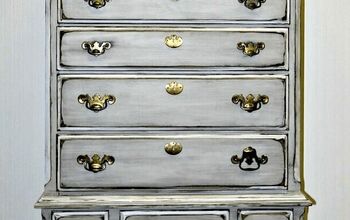
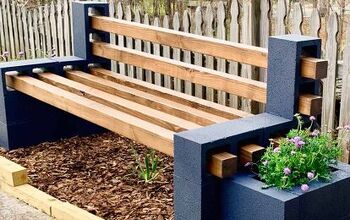
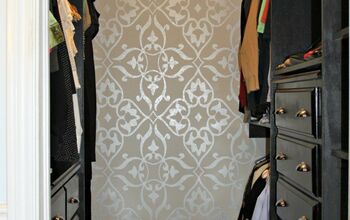
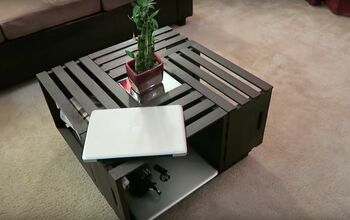
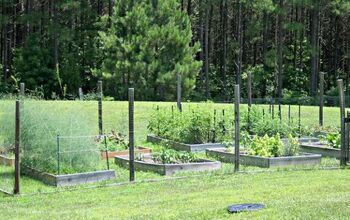
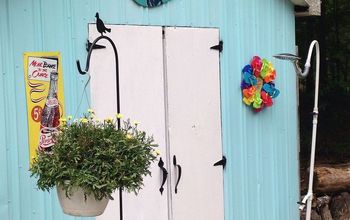
Frequently asked questions
Have a question about this project?
what color of green do I use?